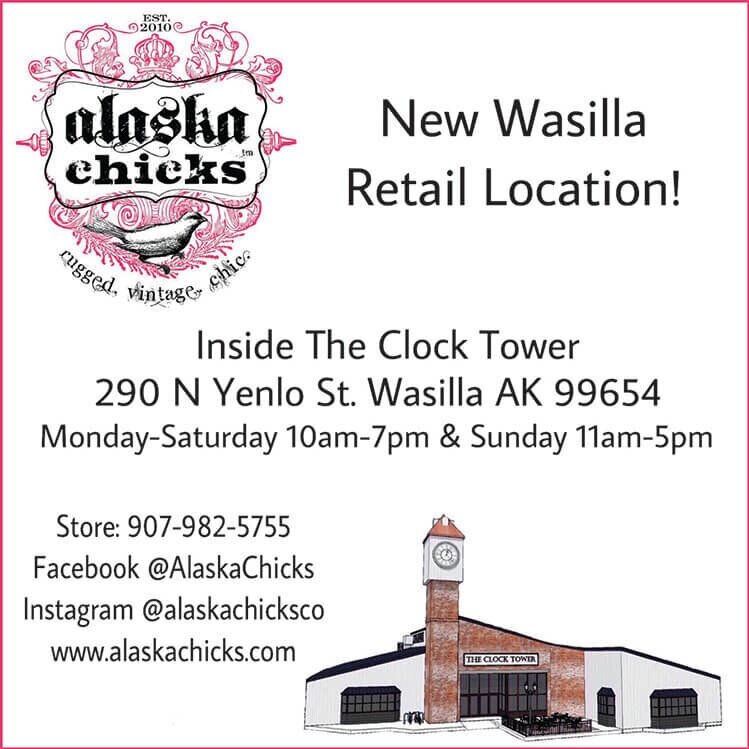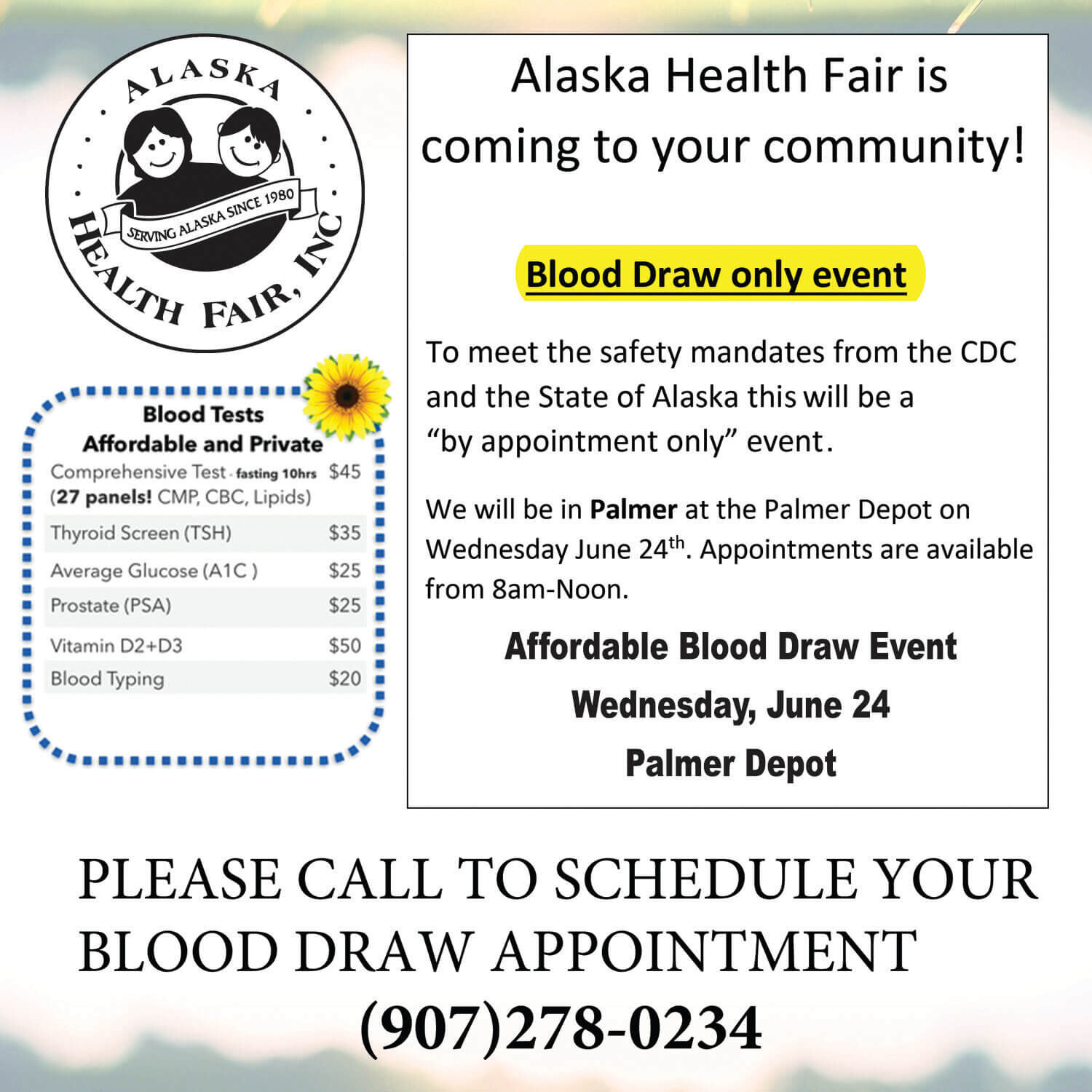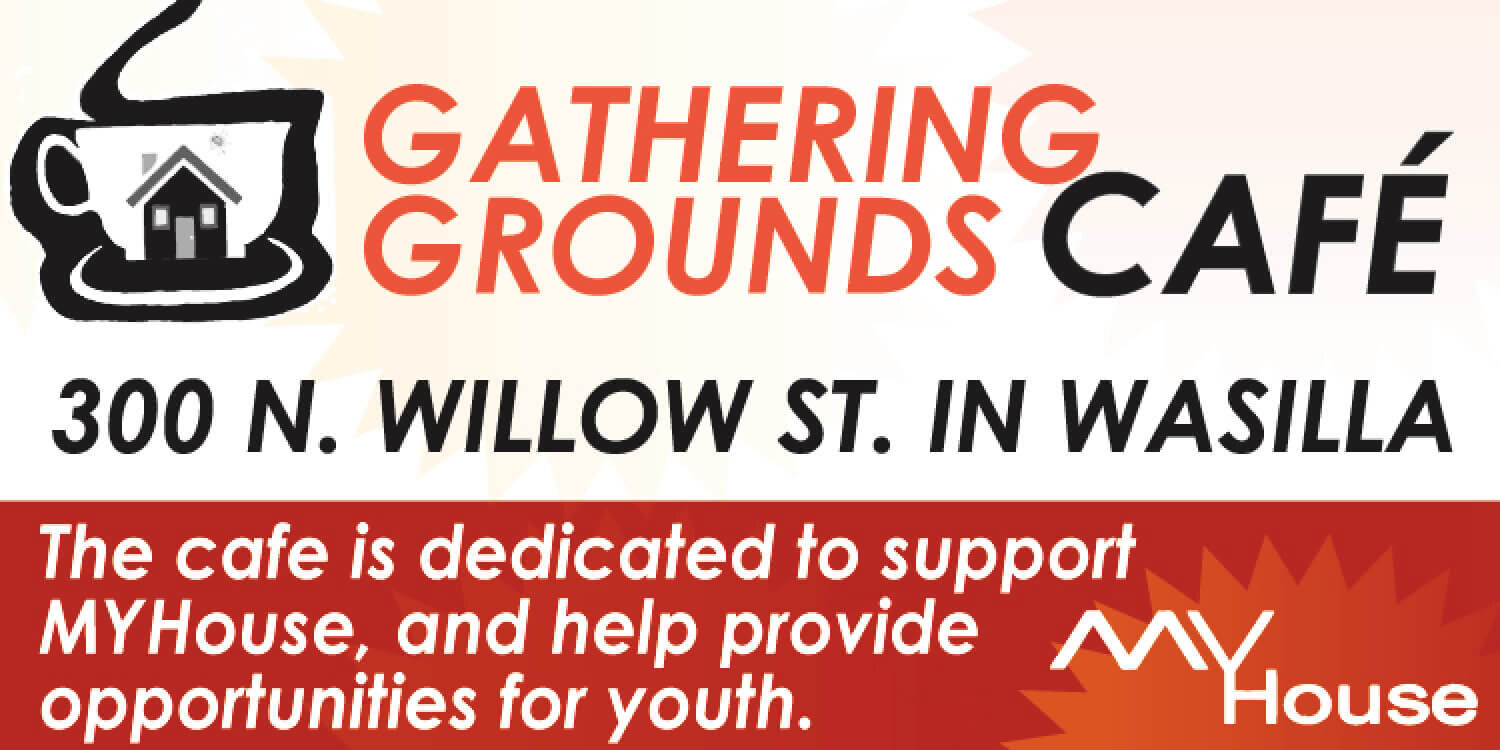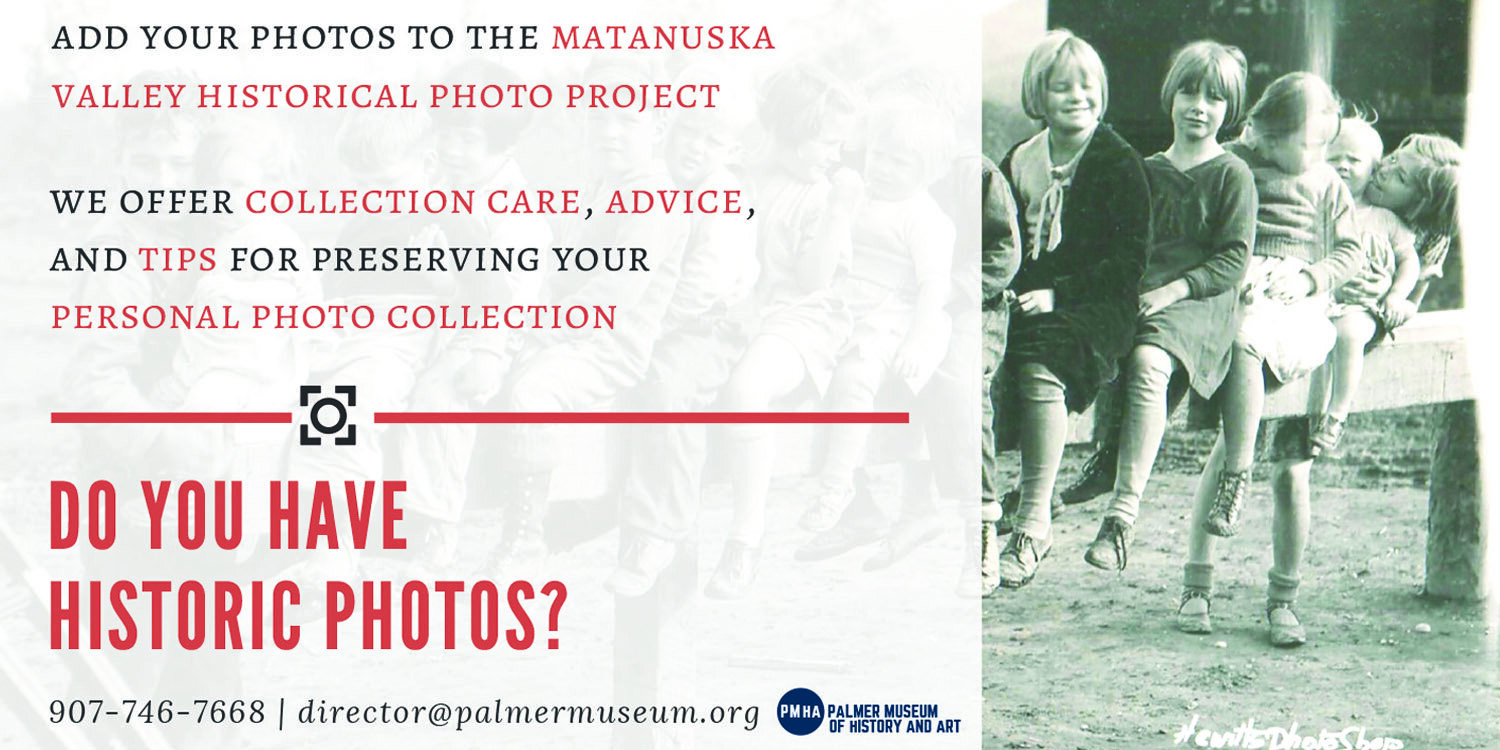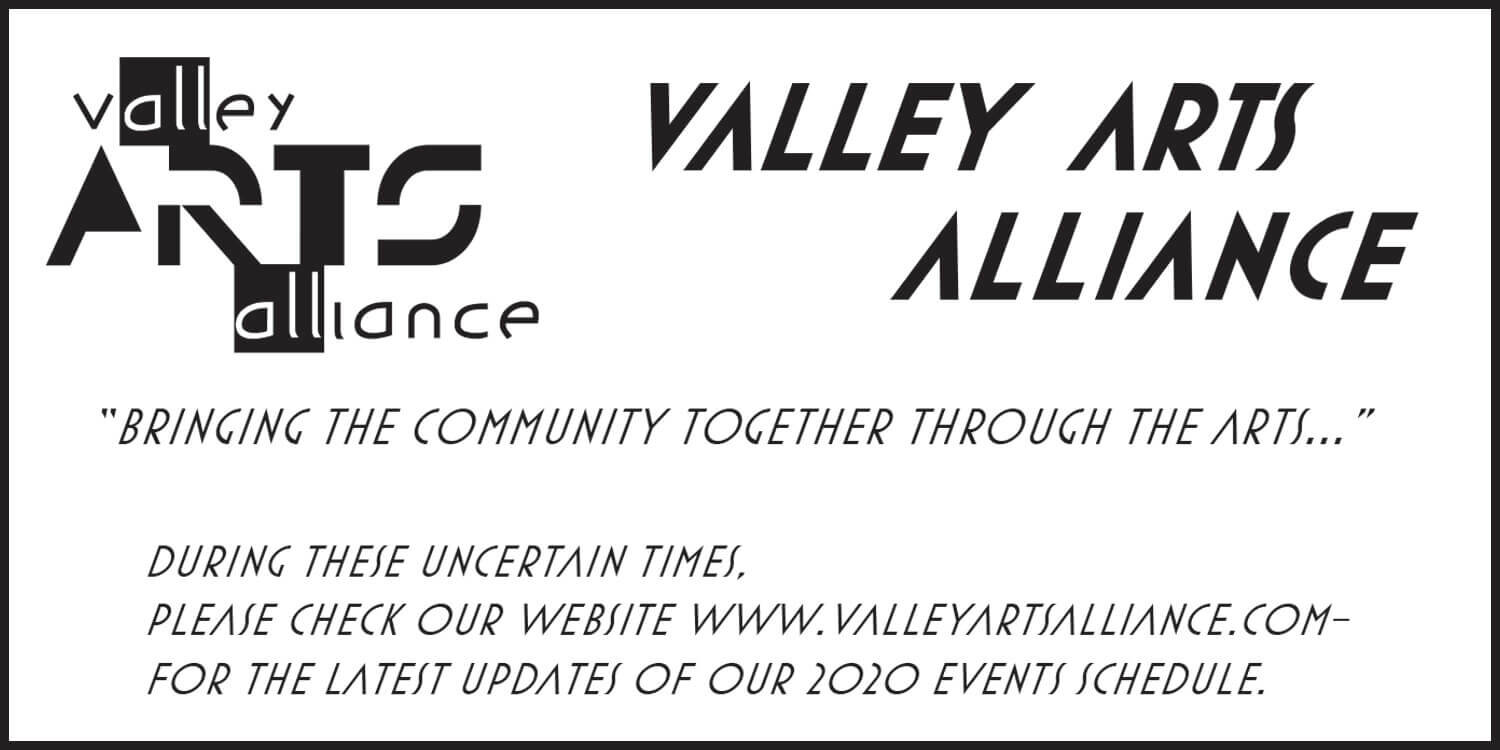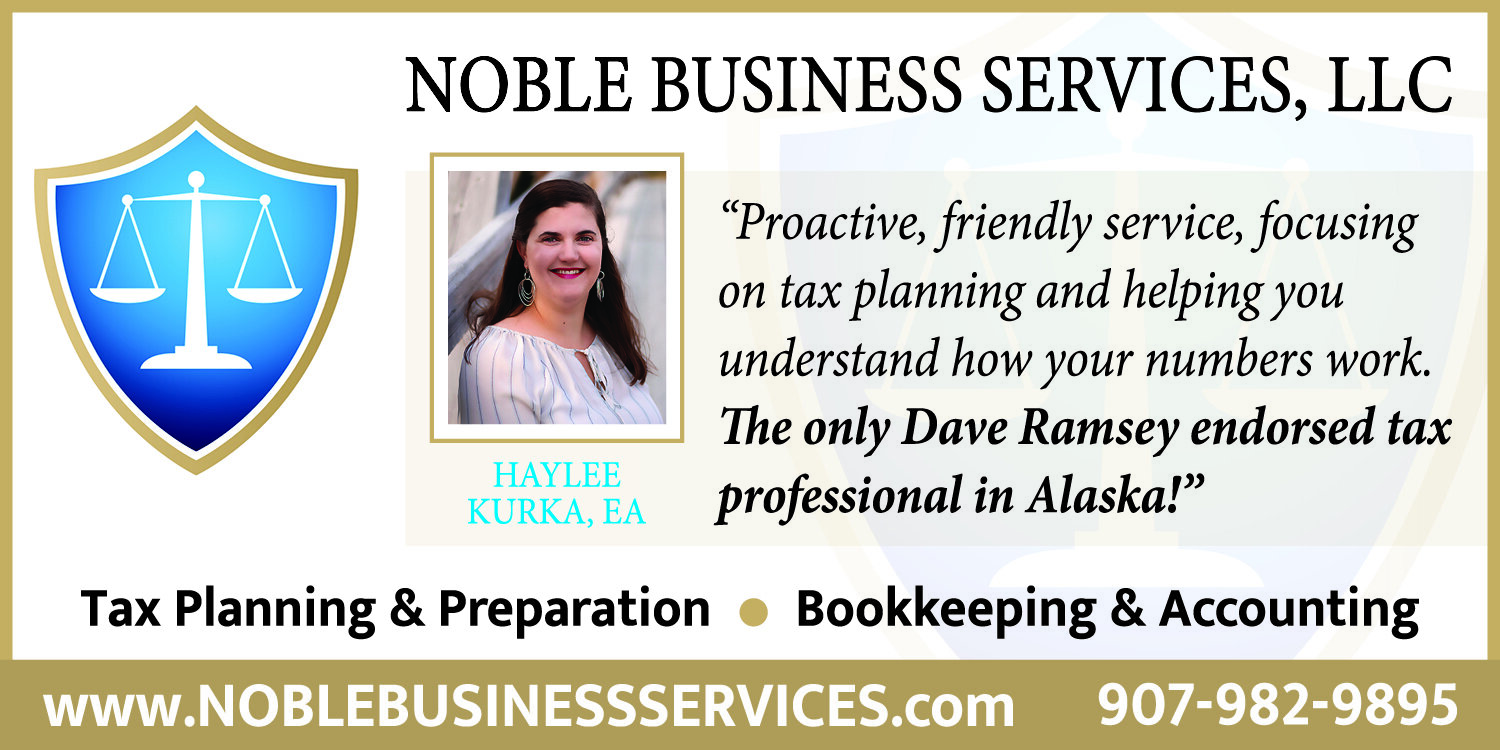Contributed by Eddie Ezelle, MatSu Food Bank
It seems we are heading into a busy fall. Maybe it’s just me, but time seems to be speeding up. I know summers always went too fast when you were a kid and still had to return to school in the fall, but what about us adults? What’s our excuse?
I for one have enough, just trying to keep up with local community events and family. There are many fundraisers coming up in the next three months, peaking at the Christmas Friendship Dinner on Christmas Day.
Most of us are aware of the shortfalls and threatening cuts not only to local budgets, but the federal one that affects everyone.
Mainly I want to express the feeling from the non-profit world. Some of us could see the gathering storm clouds a few years ago, but others were saying that Chicken Little was alive and well.
Chickens or not, here we are in the reality of shortfalls. Many agencies relying on government help are seeing this avenue of funding all but gone.
Ninety-nine percent of Alaska’s non-profits are feeling the crunch. Some are just now waking up to the idea that they must find support in other ways. Just because I know everyone loves statistics, I’ll throw out some for thought.
Laurie Wolf, the President of the Foraker Group, stated in a letter in 2006:
“…Alaska has approximately 6,000 non-profits – more per capita (110 per person) than any other state. The sector… employs 10% of Alaska’s workforce. Taken together, non-profit organizations spent nearly $3.5 billion in 2005. That’s virtually the same amount they received in revenue.
Revenue for non-profits comes from three sources – fees, government support and private giving – with the federal government providing the largest amount of funding at roughly $1 billion each year, or one-third of all Alaska non-profit revenue. This percentage far exceeds the amount of federal support seen in other states. At the same time, Alaska ranks lowest in the nation in personal giving from households, making over $200,000 a year. In all, the percentage of individual charitable support for non-profits in our state is far less than such support nationwide.
This is a dangerous imbalance fed by the notion that government will take care of us, and we don’t have to contribute to our own well-being. Two factors make this revenue balance very troubling. First, federal funding can be fleeting at best and many fear will significantly decrease in coming years. Second, while individual charitable support can grow in our state, it likely will never make up the difference in the loss in federal funding. Unless we change this thinking and build sustainable non-profits that operate with a diverse flow of revenue, a major segment of our economy will pay a price, and ultimately our quality of life in Alaska will suffer.”
It is a misconception that “non-profits” cannot make a profit. This is not entirely true. We can make money, but the profits must be spent for the support of the non-profit. Any non-profit that runs a business should be supported with our buying power when we can. It is one way we can support the services they supply to those in need through the non-profit.
I would encourage everyone to do the research, ask questions and be aware of where your donations of time, money or materials can help with a cause you believe in. We all rely on each other to be a thriving community.
Thanks for reading.

